In the history of transport, fewer inventions were more compact, innovative, liberating, practical and enjoyable than that of the bicycle. And yet, the bicycle as we know it today is only just over 100 years old. What is the story behind this invention? Why was it created? And how did it reach the design which we know so well today? Let’s take a ride…
The World Before the Bicycle
Before bicycles came onto the scene with their dingling bells and rattling drive-chains, transport was slow, dependent, and/or crowded. You had ships, boats, carriages, horseback, or your own two feet.
When it came to pre-bicycle travel, you had three options available when it came to the characteristics of the journey that you were likely to receive:
Fast, Private, Comfortable.
You may pick only two.
If it was fast and comfortable, such as a railroad-train, you were resigned to sharing the carriage, and even the compartment, with others.
If it was private and comfortable, such as a carriage, then it certainly wasn’t fast. The average speed of horse-drawn transport in the 19th century was about seven or ten miles an hour at best. In the same bag is walking. Private and relatively comfortable, but don’t expect to get anywhere in a hurry.
If it was fast and private, such as riding on horseback, alone, then it certainly wasn’t going to be very comfortable, being jolted around in a saddle for hours on end.
What was needed was a fast, relatively comfortable, individual mode of transport, that relied purely on the rider for propulsion, and which didn’t need to fed, fired, stabled, stoked, sailed, steamed or otherwise externally operated.
With the internal combustion-engine still a dream, and coal-fired steam-carriages being large, loud, slow and unpredictable (to say nothing of dangerous), there was a serious market for a convenient, fast, practical machine which a rider could use for individual transport: The Bicycle.
The First Bicycles
The first serious attempt at a bicycle-like machine was the German-made ‘hobby-horse’ or ‘dandy-horse‘ machine of the 1810s.

The ‘Dandy Horse’ bicycle was a fascinating…um…experiment. It was hardly what you could call a bicycle, and it was never utilised as a serious mode of transport. It was seen more as a toy, for the use and amusement of the ‘dandy’, the well-dressed, leisured, upper-class gentleman of Regency-era Europe. As you can see, the Dandy Horse has no seat to speak of, no driving-mechanism, no pedals, not even a real handlebar! Steering and propulsion are rudimentary at best, and without any form of suspension, riding one of these on the rough, dirt roads of 1810s Europe would’ve been hard on the back and spine!
You didn’t so much ‘drive’ or ‘operate’ the dandy-horse as you ‘glided’ on it, similar to a skateboard. You kicked it along the ground with your feet to build up speed and then coasted along until the momentum gave out. An amusing gimmick for a Regency garden-party, but hardly a practical form of transport!
During this time, the word ‘bicycle’ was not even coined. And wouldn’t be for several decades. Human-powered, wheeled land-machines were called ‘Velocipedes‘, from the Latin words for ‘Fast’ (as in ‘Velocity’), and ‘Foot’ (as in ‘pedestrian’). And as the 1800s progressed, there was a growing range of fantastical and ridiculous ‘velocipede’ machines with which to delight the population of Europe.
The next advancement in bicycle technology came from France, and we look to Joseph Niepce and his contraption known as the…um…’velocipede‘.
Any long-term readers of this blog may fancy that they’ve heard the name ‘Niepce’ before on this website. And you’d be right. Apart from tinkering with bicycles, he was also instrumental in the development of modern photography.
Joseph N. Niepce’s contribution to the bicycle came in the early 1860s, although it wasn’t a great departure from what had existed before.
The Niepce ‘velocipede’ differed from the earlier ‘dandy-horse’, but only a couple of ways: The front wheel now had pedals, and a proper seat or saddle which was adjustable to the height of the rider, along with proper handlebars and steering. But other than these minor additions and improvements, the French velocipede was not much of an improvement.
 A French ‘velocipede’, as invented by Joseph Niepce. Note the presence of the handlebars and steerable front wheel, and the centrally-mounted saddle
A French ‘velocipede’, as invented by Joseph Niepce. Note the presence of the handlebars and steerable front wheel, and the centrally-mounted saddle
The Ordinary Bicycle came next. Invented in the late 1860s, the Ordinary was the first machine to be specifically called a ‘bicycle‘, using the two words ‘bi’, meaning ‘two’ and ‘cycle’. The Ordinary also introduced something which has become commonplace among all bicycles to this day: Wire-spoked wheels!

The Ordinary was variously called a High Bicycle, a Boneshaker (due to its lack of suspension), or, most famously of all – a Penny Farthing, after the largest, and smallest denomination coins in circulation in Britain at the time.
The Ordinary was the first bicycle for which there was any serious commercial success, and they became popular for personal transport, as well as being used as racing-machines!
Despite its relative popularity, the Ordinary had some serious shortcomings: There were no brakes, there was no suspension, and they were incredibly dangerous to ride! The immense front wheel could tower up to six feet in the air, which made mounting and riding these machines quite a feat of acrobatics in itself! Accidents could cause serious injury and stopping, starting, mounting and dismounting were all big problems. Something better had to be devised!
The Safety Bicycle
The Ordinary or ‘Penny Farthing‘ was one of the first practical bicycle designs, but its many shortcomings and dangers meant that something better had to be found. Enter the ‘Safety Bicycle’.
The ‘Safety Bicycle’ is the direct ancestor to all bicycles manufactured today.
The prototype ‘safety bicycle’ came out in the late 1870s, in response to the public dissatisfaction with the fast, but dangerously uncontrollable Penny Farthing.
Henry John Lawson (1852-1925) developed the first such machine in 1876. Lawson, the son of a metalworker, was used to building things, and loved tinkering around with machines.
Lawson’s machine differed from others in that the rider sat on a saddle on a metal frame. At each end of the frame were spoked wheels of equal size, with a handlebar and steering-arrangement over the front wheel. The rear wheel was powered by the use of a simple crank-and-treadle-mechanism, similar to that used on old treadle-powered sewing-machines, a technology familiar to many people at the time.
The great benefit of Lawson’s bicycle was that the front wheel was used solely for steering, and the rear wheel was used solely for propulsion, and the rider’s legs were kept well away from both of them! On top of that, the wheels were of such a size that the rider’s feet could easily reach the ground, should it be necessary to stop, or dismount the machine in an emergency. Lawson was certainly onto something!
Lawson updated his machine in 1879, with a more reliable pedal-and-chain driving-mechanism, but sadly, although innovative, his bicycle failed to catch on. All the extra parts and the radical new design meant it was hard to produce and too costly to be sold to the general public.
Although Lawson’s machine was a commercial failure, his invention spurred on the development of this new contraption: The Safety Bicycle! Building on what Lawson had already established, over the next few years inventors and tinkerers all over the world started trying to produce a bicycle that would satisfy the needs of everyone. It had to be practical, fast, easy to use, safe to ride, mount and dismount, it had to stop easily, start easily, and be easily controlled.
All manner of machines came out of the workshops of the world, but in 1885, one man made something that would blast all the others off the road.
His name was John Kemp Starley.
Starley, (1854-1901), was the man who invented the modern bicycle as we know it today. And every single one that we see on the road today, is descendant from his machine.
Building on the ideas of Mr. Lawson, Starley rolled out his appropriately-named ‘Starley Rover’ safety bicycle in 1885.
The Starley Rover was revolutionary. Like the Lawson machine, it had equal-sized (or near-equal), spoked wheels, a diamond-frame made of hollow steel, a seat over the back wheel, handles over the front wheel, and a pedal-powered chain-drive in the middle, linking the drive-wheel and the rear wheel with a long drive-chain.
By the late 1880s, the modern bicycle had arrived. It was Starley who had brought it, and he cycled off into the history books on one of these:

This model from the late 1880s has everything that a modern bicycle has, apart from a kick-stand. And this is the machine that has revolutionised the world of transport ever since!
The ‘Rover’ was so much better than everything that had come before it. It was easy to ride, easy to mount, easy to dismount. It was close to the ground, but did not compromise on speed with smaller wheels, because of the 1:2 ratio between the pedal-wheel and the rear wheel. You could reach tremendous speeds without great exertion, and you could stop just as easily!
The Bicycle Boom!
At last! A functional, fun, fast machine. Something you could ride that was safe, quick, light, portable, quiet, comfortable, practical, and which could get you almost anywhere you wanted to go!
With machines like the Rover, and the ones which came after it, all other bicycle-designs were considered obsolete! The Rover had shown the way, and others would follow.
With the success of this newly-designed bicycle came the cycling boom of the the 1890s! For the first time in history, you didn’t need a horse to get anywhere! You needn’t spoil your best shoes in the mud! You didn’t have to worry about smoke and steam and soot! Just roll your bicycle onto the road, hop on it, kick off, and down the road you went. What a dream!
With a truly practical design, the true practicality of the bicycle was at last, fully realised. At last, the ordinary man or woman on the street had a machine which they could ride anywhere! Although, that said, most bicycles in the late Victorian era were expensive toys for the wealthy. But nonetheless, they were used for everything from cycling through the park, cycling around town running errands, cycling to and from work, cycling to visit friends and relations across town, cycling to take in the sights! What a wonderful invention!
The ‘Gay Nineties‘, as this period of history is fondly called, saw the first big boom of the bicycle. Or a medium-sized one, at any rate. There were still a few problems: Bicycles were still rather expensive. And it was considered scandalous for a woman to ride a bicycle! Women opened their legs for one thing, and one thing only. How dare they sit, mounted…on a bicycle! Lord knows what other things they might be mounting next!
Women and Bicycles
A woman on a bicycle? Who’da thunk it?
The mere idea of this radical collaboration sent Victorian men into a tizz! Famously straitlaced and buttoned-up, Victorian morality dictated that a woman’s legs remained covered and obscured at all times. In fact, legs of ANY kind had to be covered at all times. Some people even draped floor-length covers over their pianos to prevent offense to visitors!
Women were generally expected to ride a horse side-saddle. But it was impossible to do this on a bicycle, since both legs were required to drive the pedals. And it was also impossible to ride a bicycle with the huge, floor-sweeping dresses and skirts of the era. Something had to be done!
Fortunately, tailors came up with a solution!
The second half of the 1800s saw the arrival of the Rational Dress Movement, also known as the Victorian Dress Reform. Aimed mostly at women, this movement said that it was impractical for women to wear the clothes that they did, and still be expected to do all their wifely and womanly duties. The clothes were too bulky, too restricting and far too uncomfortable! Especially for such activities as sports, riding, walking and bicycling! Something had to be done! And fortunately, something was.
It came about in the 1850s, when Elizabeth Smith Miller of New York State, invented a sort of pair of baggy trousers for women. When their legs were together, they looked like a full skirt, but they parted company quite easily, for greater comfort and freedom of movement.
Women’s Rights advocate Amelia Bloomer, a strong supporter of more sensible women’s attire, liked the idea of these newfangled trousers, and they were eventually named after her: ‘Bloomers‘.
With bloomers, a woman could ride a bicycle safely and comfortably. But even if she didn’t have bloomers, a woman could still ride a bicycle in a skirt. She simply had to buy a woman’s bicycle!
Instead of a regular bicycle with a diamond-shaped frame, a woman could buy a step-through bicycle, like this one:

A step-through was identical to a regular bicycle in every way, except one. Figured it out yet?
Without a central bar between the handles and the seat, it was possible for a woman wearing a skirt to ‘step through’ the frame, so that she could get her feet either side of the pedals. Then, she simply hopped onto the seat, put her feet onto the pedals, and cycled away!
If that wasn’t handy enough, a woman could also purchase bicycle-clips, or ‘skirt-lifters’, which clipped onto the waist of her dress or skirt, and trailed down the sides of her skirt. Here, they were clipped onto the fabric to keep the hem of the skirt or dress off the road, but also, away from the pedals, where the fabric might get caught and tangled in the drive-chain!
The Safety Bicycle was ideal for women. Even with bloomers or bicycle-clips or skirt-lifters, it was almost impossible for a lady dressed in Victorian or Edwardian garb, to operate a Penny Farthing! The bikes were too big, too cumbersome, far too unstable, and generally unladylike to ride!
With the safety bicycle, a woman was able to ride with much greater comfort and security. The risk of accidents was smaller, they were easier to mount and dismount, and much easier to operate and control.
The Social Impact of the Bicycle
From the mid-1880s onwards, the bicycle became more and more popular, as safer, easier-to-ride models were invented, produced, and put on sale to the general public around the world. Bicycles caught on quickly, and were popular then, as they are now, for the very same reasons.
They provided free, motorless, quiet, smooth, quick transport, without the need of a horse. They were relatively easy to ride and control, and with a little practice, you could use one to get almost anywhere, and so much faster than walking!
A bicycle also had load-bearing capabilities, and could be used to transport and carry all kinds of things, provided that they could either fit in the front basket, or were strapped securely enough to the rear luggage-rack. Some bicycles even had side-satchels which hung over the back wheel for even greater storage.
Bicycles allowed people who previously couldn’t travel very far, the chance to explore much further afield. Women and children were no-longer restricted to riding in carriages or on railways, or horseback – they could climb onto a bicycle and ride around the village, go to the park, cycle through town, ride along the canal-paths. They did not need men, or older people around, to operate a horse and carriage, or a railroad train, or a steam-powered canal-boat. They simply needed two functional legs, and a decent sense of balance.
This ease of use and versatility allowed the bicycle to be used for almost anything. It was a commuting vehicle for office-workers and labourers. It was a cargo vehicle for anything from the weekly trip to the high street, to a day on the town. With the spread of bicycles came the rise of home-delivery and advertising. Now, bicycles could be used by butcher’s boys and apprentice bakers, shop-boys and telegraph-delivery boys, to provide effective and swift home-delivery of everything from bread, to meat, parcels, mail, telegrams and pre-ordered items of clothing or other items that might be small enough to be delivered safely on a bicycle.
Their open, light frames meant that it was possible to hang signs from the horizontal connecting-bars between the seat and the handlebars. Local businesses could paint advertisements on these signs, or on the mudguards of their store-owned bicycles. At the same time, a business could deliver merchandise or produce, and tell strangers where these things could be purchased.
Cycling clubs became incredibly popular. Friends and relations would gather and ride around the countryside for a day’s outing. They might go picnicking, or they might ride from town to town, visiting new shops, restaurants and public houses. This kind of freedom of movement had never been possible before. Not with a horse, that you had to feed and rest and saddle, not with a carriage which was slow and cumbersome. Not even with a steam locomotive and carriages, which was restricted to the railway lines. Before the rise of the automobile, only a bicycle allowed this level of freedom. No waiting, no fuss. Jump on, kick off, and pedal down the road.
Bicycles in Literature
The impact of the bicycle can be seen by its inclusion in literature of the late Victorian and Edwardian age. In ‘The Adventure of the Solitary Cyclist‘, by Sir Arthur Conan Doyle, Sherlock Holmes’ client is a piano-teacher who uses her bicycle as her main mode of transport, and who is shadowed everywhere by another cyclist.
In the mid-1890s in Australia, Andrew Barton ‘Banjo‘ Paterson, wrote the famous comic poem, “Mulga Bill’s Bicycle“. The cocky Mulga Bill declares that he can control absolutely any form of transport, even this newfangled ‘safety bicycle machine’. He purchases it from the local store and cycles off down the street with it, before losing control of the machine and spectacularly crashing it into a pond, deciding thereafter to stick to riding a horse!
The Bicycle in Wartime
During times of war, the bicycle proved to be a very popular mode of transport. Driving off-road was almost impossible, and at any rate, petrol was often in short supply and severely rationed. On the home-front and on the battlefront, civilians and soldiers often left motor-vehicles behind and fell back to the old-fashioned, reliable bicycle to get themselves around. During the First World War, British soldiers even formed bicycle infantry units! Bicycles didn’t need to be fed like horses, they were quieter, and they could get troops moving a lot faster!
During the Second World War, bicycles were used extensively by both sides. The Allies developed folding bicycles which soldiers could strap to their backs and jump out of airplanes with. Once they landed, they threw away their parachutes, unfolded their bicycles, braced them up, and cycled off to their rendezvous points.
The soldiers of the Japanese Imperial Army, maybe even to mock the British and their severe lack of preparation, invaded the Malaysian Peninsula and Singapore…on bicycles! It was impossible to drive tanks through the thick Asian jungles, but a bicycle on a dirt track could go anywhere!
As well as being used for military transport, bicycles were also highly popular on the home front. With petrol-rationing strictly enforced, driving became almost impossible. Unless you were in a reserved occupation (you had a job which was essential to the war-effort), or had some other important status which allowed you a larger petrol-ration, chances were that your car was going to be up on blocks for the duration of the war.
Bicycles don’t need petrol. They only needed whatever strength you could muster from your new diet of rationed food. At any rate, it would be easier to cycle through the bomb-shattered streets of London, Coventry, Singapore and Shanghai, than to drive a car! Most roads were so covered in craters, downed powerlines or the rubble from collapsed buildings that even if your car had fuel, it wouldn’t be able to make it down the road for all the obstructions!
Bells and Whistles
As bicycles became more and more popular during the Edwardian era, more and more features were added to them. One of the most famous additions is the bicycle-bell!
The idea of some variety of warning-device on a bicycle goes back to the 1870s, when the safety bicycle was in its infancy. The modern, thumb-operated bicycle-bell, which you clamp onto the handlebars of your machine, was invented in 1877 by John Richard Dedicoat, an inventor and eventual bicycle-manufacturer in his own right.
The bicycle bell works on a very simple spring-operated lever system. Pressing the button on the side of the bell rotates gears inside, which vibrates a pair of discs which jangle and ring when they move, a bit like a tiny pair of cymbals. This dingling noise is amplified by the bell-housing. Then, the spring simply pushes the bell-button back, ready for the next ring.
Dedicoat also invented a sort of spring-loaded step for helping people mount their bicycles. When Penny Farthings were still the rage, the step was designed to give the rider a boost into his seat. It worked rather well, but if the spring was more powerful than the rider was heavy, it might accidentally shoot him over the handlebars, instead of giving him a helping leg up onto his bicycle-seat!
The popularity of the safety bicycle meant that it was ridden at all times of the day, and night! To make it safer to ride at night, bicycle lamps were clipped to the front shaft, underneath the handlebars.
As with automobiles of the Edwardian era, bicycle headlamps were gas-fired calcium-carbide acetylene lamps. The reaction of water and calcium-carbide produced a flammable gas which could be ignited, and produced a bright, sustained glow. These lamps and their reaction-chambers were small enough to clamp onto the handlebars of early safety bicycles.
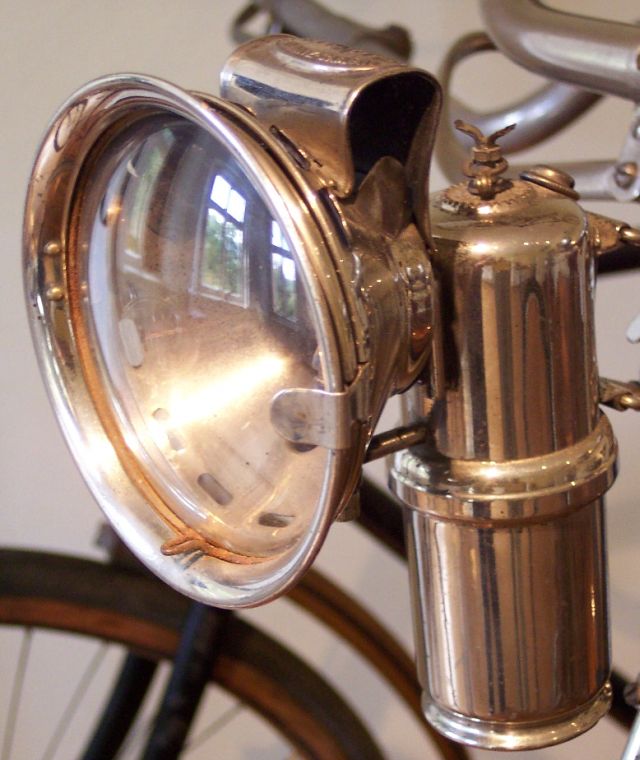
Pellets or chunks, or even powdered calcium-carbide was stored in the lower reservoir of a two-chamber reaction-canister. Water was poured into the upper chamber, and a valve between the two chambers allowed water to drip from the top canister onto the calcium-carbide stored in the lower canister. The reaction caused the production of acetylene gas, which escaped through a valve into the headlamp, where it could be ignited, producing light.
Increasing or decreasing the amount of light coming from your bicycle lamp was a simple process of adjusting the opening of the water-valve on the reaction-canister. The more water, the greater the reaction, the greater the amount of gas, which caused the flame to burn brighter. Less water meant fewer chemical reactions, which reduced the overall supply of gas to the headlamp.
At the dawn of the 20th century, bicycles could also be fitted with dry-cell battery-powered headlamps, and alternating-current dynamo-systems. A dynamo really works very simply: You clip the headlamp to the front of the bicycle, and clip the dynamo and its lead, near to a wheel on your bicycle, usually on the mudguard, or on the frame if there isn’t a guard. Engaging the dynamo presses a small wheel against one of your bicycle wheels. As the bike wheel spins, it rotates the dynamo generator, which produces the electricity necessary to power the lamp.
The Bicycle Today
Whether it be a racing-machine, a manner of commuting, an A-to-B mode of transport, a delivery-wagon, a cargo-bicycle or a method of exercising, the humble 1885 safety bicycle remains essentially unchanged since its entrance onto the transport stage back in the closing decades of the Victorian era. The bicycle remains popular because of its simplicity, ease of use, and its seemingly endless practical advantages over various other forms of transport.
The Bicycle World Record

‘Flying Pigeon’ bicycle manufactured in China
Based in Tianjin, in northeast China, the Flying Pigeon is the most popular make of bicycle in the WORLD. In fact, it’s the most popular VEHICLE in the world. That includes motor-cars. The Flying Pigeon company was established in Tianjin in 1936. The Flying Pigeon model, after which the company was renamed, came out in 1950. The communist government in China demanded that the company produce a strong, practical, easy-to-use, and aesthetically pleasing bicycle. It had to ride good, and look good. And it’s been doing that for the past sixty-odd years. Cars were expensive in China, and bicycles were far cheaper and more practical for the average working Chinaman. So much so that the Flying Pigeon was seen as a sign of prosperity in China.
Echoing Franklin Delano Roosevelt, Chinese president Deng Xiaoping said that prosperity in China meant that every household would own its own Flying Pigeon bicycle.
Most popular car in the world: Toyota Corolla
Units made: 35,000,000+
Most popular bike in the world: Flying Pigeon
Units made: 500,000,000+
I think we have a winner.
More Information?
I found the documentary “Thoroughly Modern: ‘Bicycles‘”, to be very helpful. I wonder why…At any rate, it’s fascinating watching.
World’s Top Five Most Successful Cars


 In the 1910s, Underwood famously built a giant-sized Underwood No. 5 as a marketing gimmick. Yes, it’s a real typewriter, yes, it really did type! It was used to type out the daily attendance-figures of those who came to gawk at it, during the World’s Fair!
In the 1910s, Underwood famously built a giant-sized Underwood No. 5 as a marketing gimmick. Yes, it’s a real typewriter, yes, it really did type! It was used to type out the daily attendance-figures of those who came to gawk at it, during the World’s Fair! 







 Winston Churchill tipping or doffing* his trademark homburg,
Winston Churchill tipping or doffing* his trademark homburg,  Chinese Knuckle-Tapping
Chinese Knuckle-Tapping The Kowtow. Literally meaning ‘Knocking Head’ (Kow – ‘Knock’, Tow – ‘Head’), this ancient Chinese form of respect lasted well into the 20th century, but is rare today
The Kowtow. Literally meaning ‘Knocking Head’ (Kow – ‘Knock’, Tow – ‘Head’), this ancient Chinese form of respect lasted well into the 20th century, but is rare today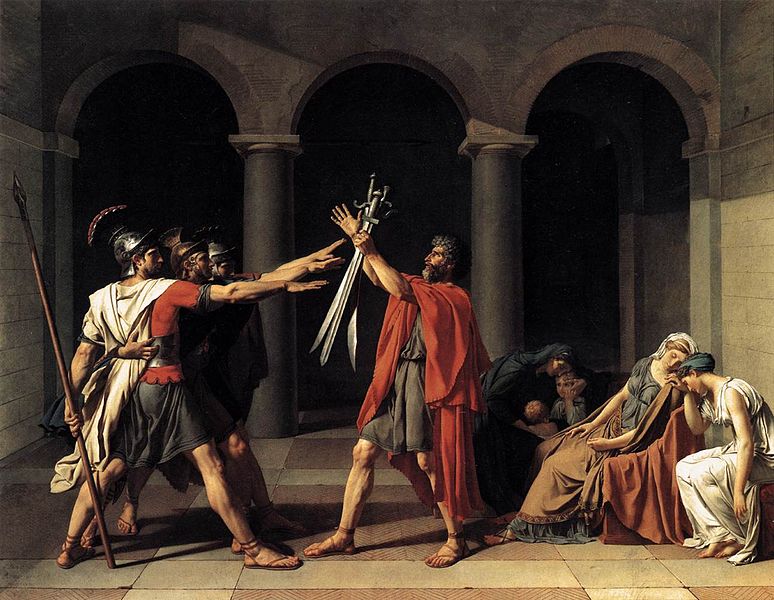
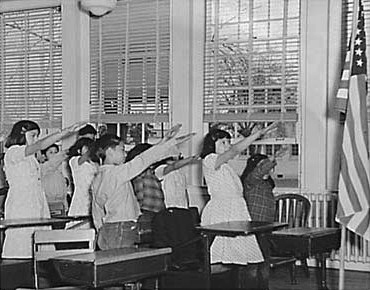 Before the war – American school-children saluting the flag, 1941
Before the war – American school-children saluting the flag, 1941 After the war – American school-children pledging allegiance to the flag, 1950s
After the war – American school-children pledging allegiance to the flag, 1950s
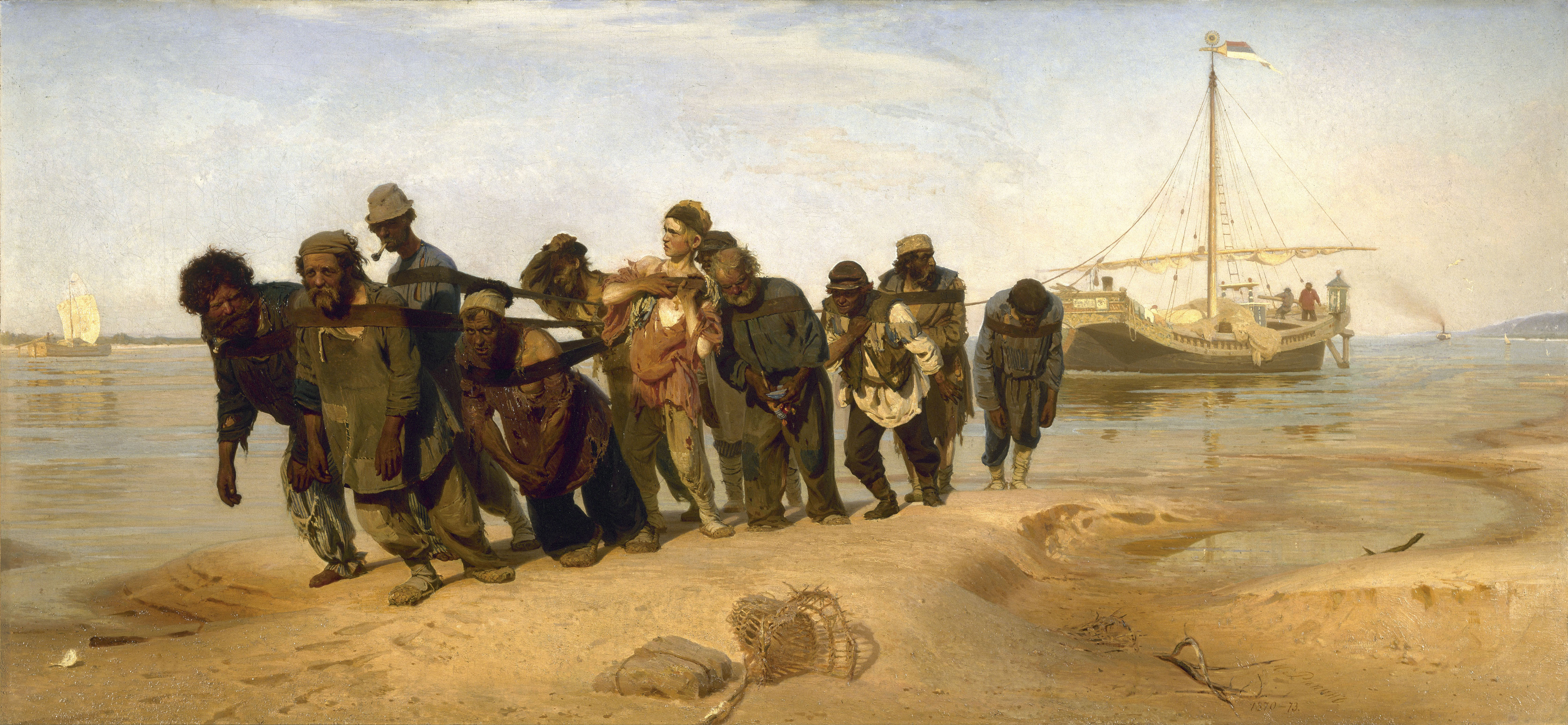 Barge-Haulers on the Volga (1873), painted by Ilya Y. Repin
Barge-Haulers on the Volga (1873), painted by Ilya Y. Repin The old Tempelhof Airport, Berlin
The old Tempelhof Airport, Berlin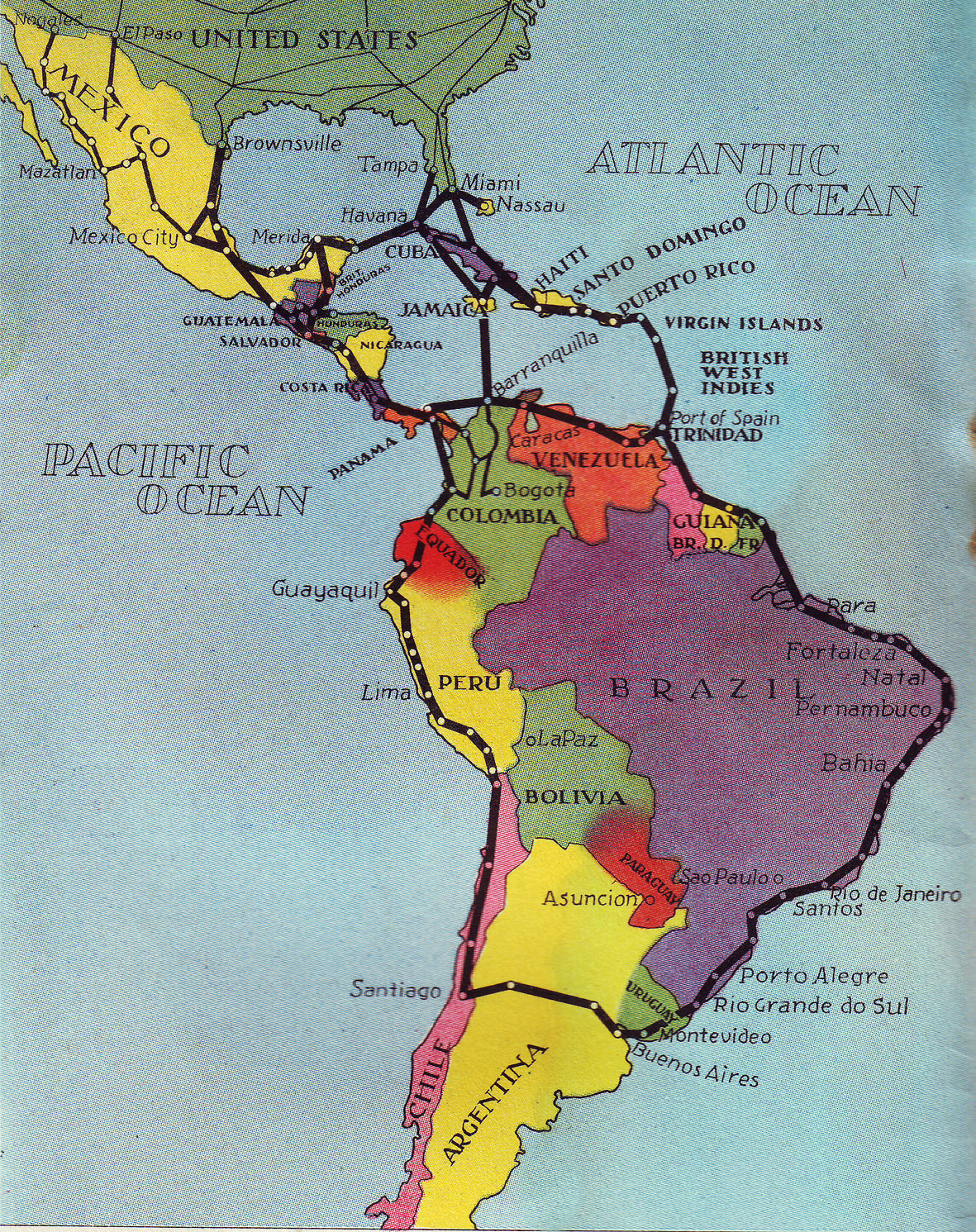
 Come fly with me, let’s fly, let’s fly away…
Come fly with me, let’s fly, let’s fly away…
 Welcome to…’The Beehive’!
Welcome to…’The Beehive’!
 La Guardia Airport, 1940s. Note the seaplane dock, for Pan Am ‘clippers’
La Guardia Airport, 1940s. Note the seaplane dock, for Pan Am ‘clippers’

 Weeeeeeeeeeeeeeeeeeeeeee!!
Weeeeeeeeeeeeeeeeeeeeeee!!
 A Steinway ‘Victory Vertical’ piano, sourced from pianoworld.com
A Steinway ‘Victory Vertical’ piano, sourced from pianoworld.com Dr. Eduard Bloch in his medical office in Austria, 1938. Two years before he fled to America with his family
Dr. Eduard Bloch in his medical office in Austria, 1938. Two years before he fled to America with his family

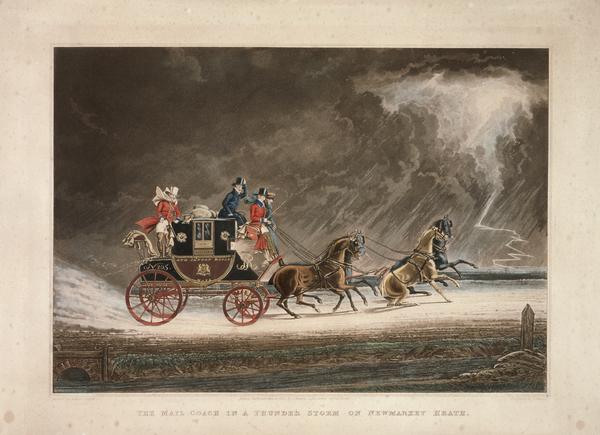










 Posters like this one from 1942 are believed to exaggerate the Japanese threat to Australia. However, they were probably closer to the truth than most people knew, or were willing to admit
Posters like this one from 1942 are believed to exaggerate the Japanese threat to Australia. However, they were probably closer to the truth than most people knew, or were willing to admit